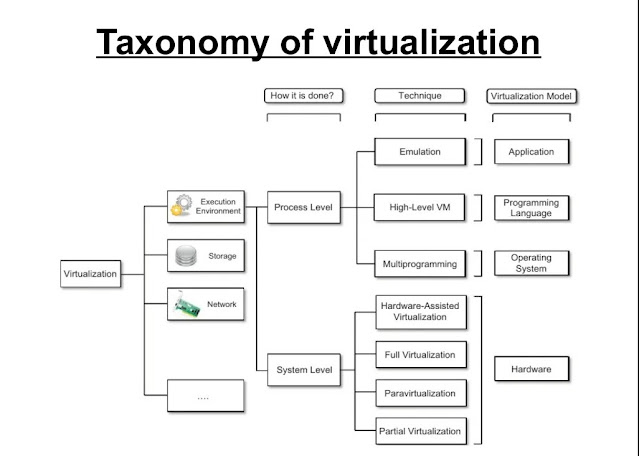Explain thread life cycle with proper state diagram.
A thread can be in one of the five states. According to the sun, there are only 4 states in the thread life cycle in java new, runnable, non-runnable (blocked), and terminated. There is no running state But for better understanding the threads, it is better to explain it in the 5 states. The life cycle of the thread in java is controlled by JVM. The java thread states are as follows:
New: The thread is in a new state if we create an instance of Thread class but before the invocation of the start() method.
Runnable: The thread is in a runnable state after the invocation of the start() method, but the thread scheduler has not selected it to be the running thread.
Running: The thread is in a running state if the thread scheduler has selected it for execution.
Non-Runnable (Blocked): This is the state when the thread is still alive but is currently not eligible to run. It may be waiting for a certain event to occur or for a specified time to be elapsed.
Terminated: A thread is in the terminated or dead state when its run() method exits.




Comments
Post a Comment